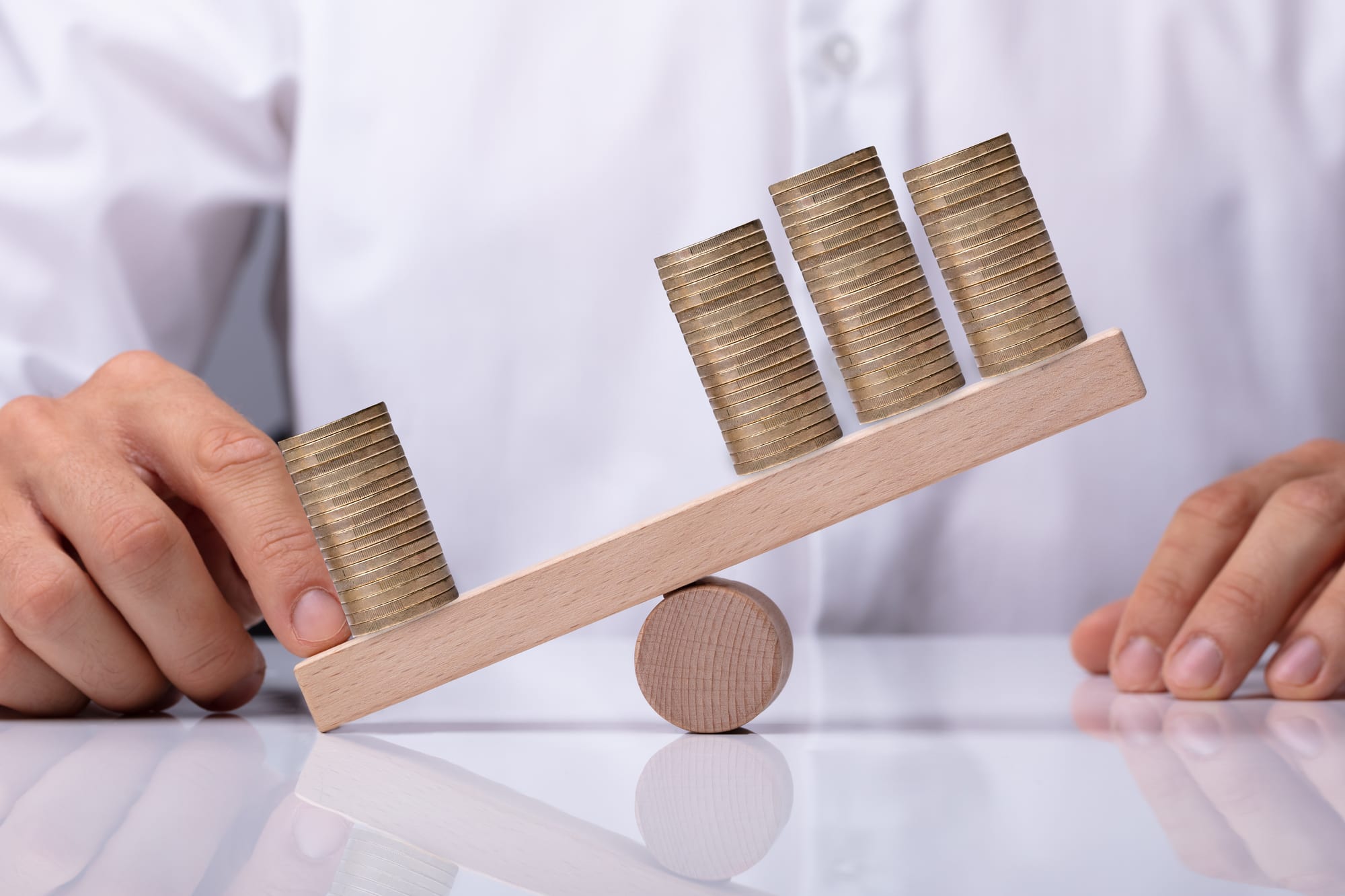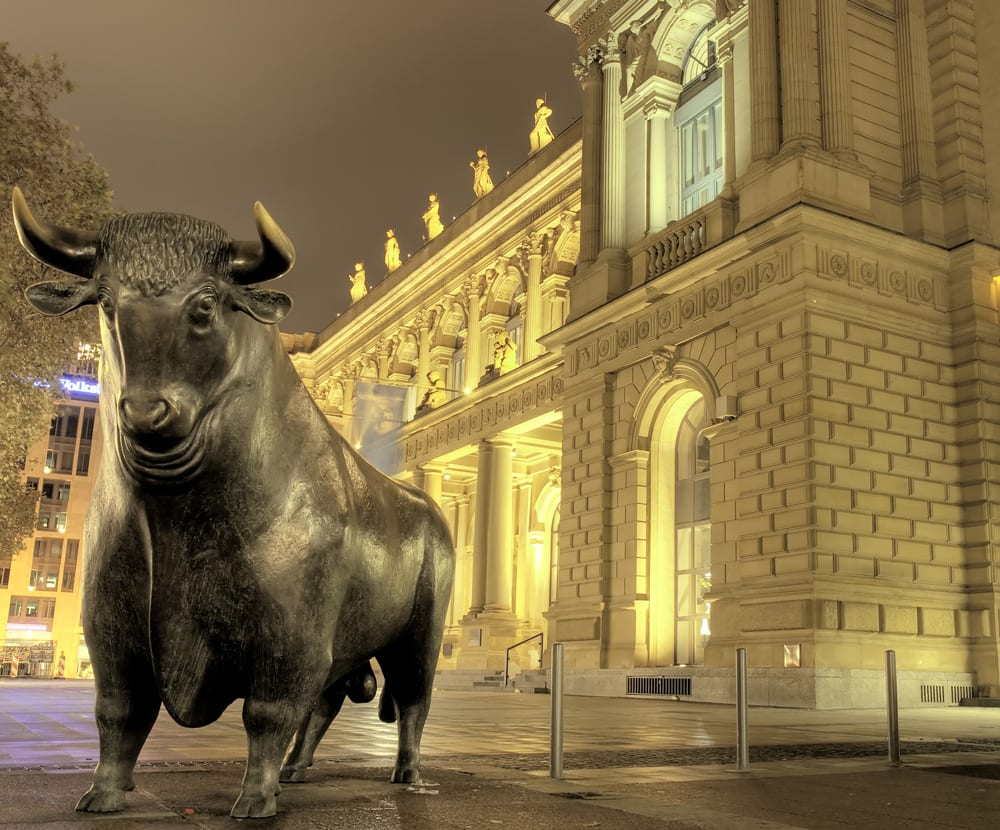Junior mining stocks have taken a big hit.
As more uncertainty brews, investors don’t want to speculate – they want certainty in an uncertain world. The junior resource sector is meant for speculators. As such, the first thing investors do in a volatile market is sell first and ask questions later.
I suggested in a May letter, Right Under Your Nose, to take profits off the table. If you did, you should have been able to weather some of the volatility and much of the downside the market has shown us since May. You should also be well cashed up to take advantage of a potential run in the junior precious metals sector.
Let’s face it, we invest in the juniors for one reason: to make lots of money. We don’t invest in juniors to preserve wealth, or to make small returns to pay for our next vacation – we invest in juniors to change the way we live. That’s because juniors offer us a leverage that no other vehicle can offer. In this letter, it’s a leverage on precious metals prices – in particular, gold.
When you are buying a junior miner, you are getting physical gold at significantly deep discounts. Many of the gold juniors have production costs of less than $600/oz. That means with gold prices at $1600, they’re making $1000 for every ounce they pull out – which is a phenomenal profit margin for any sector (see How to Double Your Wealth in One Year). Furthermore, many of these junior miners are still exploring and drilling out new resources, as well as making discoveries that could significantly influence their share prices.
However, not all junior gold stocks are production stories. Many of the junior gold stocks are explorers. While these companies are even more volatile when risk aversion is in the picture, it also means they are the ones with the highest potential reward – high risk, high reward.
If you are going to speculate in a crazy market like this, you have to speculate in companies that have money in the bank to weather the most immediate risks.
Back in 2008, companies without cash were left in the dust. Those with cash and compelling projects trading at less than cash valuations reaped serious rewards for shareholders that were willing to take the risk and hold on – shareholders who understood that fundamentals would eventually triumph over market volatility.
In today’s volatile market, you are fighting against traders – not investors or speculators. These traders will do anything and everything to get their fix. They are willing to buy anything if the media tells them it’s good, and they are willing to sell when the media tells them it’s bad. They are willing to take losses, as long as everyone else is. They get their information from the market – from what the media tells them. They are the mob. That is their destruction. But that is also our time to take advantage of their downfalls.
The greatest time to be an investor is when everyone is so disgusted in the market that they are willing to sell anything for less than what it’s really worth. I am beginning to see a lot of companies trading at far less than they are worth with insanely low valuations. While this is still nowhere near as bad as the lows of March 2009, there are many sound companies that are getting close.
The key is to take advantage of the arbitrage that today’s volatility has presented. While companies with a drill shot potential can reap rewards, you don’t need to take that type of risk in this environment. There are so many battered companies – as I just presented – with great fundamentals and the cash to back it up. Some of these miners have strong positive cash flow, while others have strong resources and amazing drill results to back up their assets. The majority of the big, safe, and consistent money comes from finding great value during times of uncertainty.
Remember that dramatic volatile swings will lead the market to lower lows, but also higher highs. While it’s hard to see the bottom in this environment, I would be taking advantage of the dips but also keeping enough cash aside for if the worst happens.
If you can be patient while having an iron stomach, then you may be able to change your lifestyle with the juniors.
Don’t Forget History
Remember what happened to the TSX Venture – an exchange dominated by mining and resource plays – when things began their rebound? It was the strongest performing exchange (see Where the Billionaires Invest.) They were also hit the hardest when 2008 happened.
While I invest a lot in the gold juniors, I also invest a lot in the majors – and gold itself. Remember, gold equities have other risks such as political, management, and liquidity risks, that gold itself does not. Don’t make the mistake of thinking you don’t need gold just because you own gold stocks.
As far as gold, I still maintain my stance that gold still has a long way to go. You would know this if you have been a reader of the Equedia Letter for some time. As I mentioned before, there are new things happening everyday that compounds the fundamentals of gold’s rise.
As Good as Cash
Last year, I mentioned that gold had become as good as cash (see The First Time in History):
As of November 22, 2010, clearing house ICE Europe will begin accepting gold bullion as initial margin for crude oil and natural gas futures trading. This marks the first day in modern financial history that gold will be eligible collateral for energy futures. And this is a big deal. A really big deal. The only form of collateral allowed by ICE before this was cash, and government securities. But with this announcement, ICE has effectively made gold equivalent to cash and government bonds. And this trend is expected to continue. Although no time frame has been set, Rival clearer LCH Clearnet has also been considering accepting gold as collateral for some time.
Last week, LCH Clearnet Group Ltd. announced that it will accept gold as collateral by the end this October amid growing demand from banks eager to depart from their traditional reliance on cash and government bonds to cover margin requirements:
David Farrar, Director, LCH Clearnet said “Market participants want greater choice when it comes to assets that can be used as collateral. Gold is ideal; as an asset it typically performs well in times of financial stress, remains liquid and has a well established pricing mechanism.”
While the use of bullion as collateral with the clearinghouse will be capped at $200 million per member, the CME Group just increased the amount of physical gold its U.S. clearing members can post as collateral for margin requirements, from an existing $200 million to $500 million.
Both developments are extremely bullish for the gold market and I see more to come, as I did last year. Since writing the letter last year on this topic, clearing houses were not the only ones beginning to accept gold as cash. State governments and large banks around the US have been pushing to do the same thing.
In the letter The Banks Are In from February:
JP Morgan Chase (NYSE: JPM), one of the largest banks in the US, said it will accept physical gold as collateral for certain transactions. That means a hedge fund wanting to borrow money for a short period can put up gold as collateral and use the borrowings to invest elsewhere. That means gold is as good as cash.
In the Letter The Greatest War in History, I talked about how many US states were already looking at gold to be recognized as legal tender.
I went on to discuss how it’s not just individual states that are moving in that direction, but Central banks around the world have been doing the same thing.
The central bank of Russia, a regular buyer from its own domestic market, continued its long-term program of gold accumulation in August by adding 118,000 troy ounces to its reserves, which now stand at 27.161 million ounces, according to figures from the International Monetary Fund.
Russia’s holdings were up more than 7% since the start of 2011.
Thailand continued to boost its reserves, lifting them 300,000 ounces to 4.4 million ounces, a step up from its January holdings of 3.2 million ounces.
The Bolivian central bank lifted reserves by 225,000 ounces to 1.361 million ounces. Tajikistan and Greece also reported minor additions to their bullion holdings, the IMF data show.
According to GFMS, a leading precious metals research consultant, net central bank gold purchases are expected to total at least 336 metric tons this year, equal to around $20 billion based on recent prices.
The annual expected total estimated by GFMS is more than four times the 77 tons recorded last year.
There is a reason why central banks and countries around the world are hoarding their gold. I suggest anyone who missed the Letter The Hoarding Has Begun to go back and take a look. I am sure you’ll continue to find more compounding reasons for gold’s rise.
With counterparty and sovereign risk at such high levels, gold is no longer being viewed as just a commodity. It is being view by the smartest market participants as an important asset and a currency with no counterparty risk.
We are gradually seeing the power of gold as a financial asset comparable to currency and government bonds, as gold is gradually being reincorporated into the modern financial and monetary system.
All of these developments in the gold market have been ignored by reporters and journalists who have no clue as to what is really going on in the financial markets. Eventually, they will get the point. When they do, they will help push gold and related investments to highs that we have never seen.
Remember, most pension funds and individuals have not been investing in gold-mining stocks or the metal itself, even though gold has been the trade of the millennium. But with short rates at near zero, and “real rates” in the negative, gold’s lack of a dividend (a major consideration for fund managers) becomes less of an issue.
Given the fact that gold-stocks represent well below the 1% of all global pension fund assets, imagine what will happen when these funds begin to shift even a small portion of their assets into gold stocks…
Until next week,
Ivan Lo
Equedia Weekly

Questions?
Call Us Toll Free: 1-888-EQUEDIA (378-3342)
Forward-Looking Statements
This Newsletter and report contains certain forward-looking statements that may involve a number of risks and uncertainties. Actual events or results could differ materially from current expectations and projections. Except for statements of historical fact relating to the project, certain information contained herein constitutes “forward-looking statements”. Forward-looking statements are frequently characterized by words such as “plan”, “expect”, “project”, “intend”, “believe”, “anticipate” and other similar words, or statements that certain events or conditions “may” or “will” occur.
Except for the statements of historical fact, the information contained herein is of a forward-looking nature. Such forward-looking information involves known and unknown risks, uncertainties and other factors which may cause the actual results, performance or achievement of the Company to be materially different from any future results, performance or achievements expressed or implied by statements containing forward-looking information.
Although the Company has attempted to identify important factors that could cause actual results to differ materially, there may be other factors that cause results not to be as anticipated, estimated or intended. There can be no assurance that statements containing forward looking information will prove to be accurate as actual results and future events could differ materially from those anticipated in such statements. Accordingly, readers should not place undue reliance on statements containing forward looking information. Readers should review the risk factors set out in the Company’s prospectus and the documents incorporated by reference.
Cautionary Note to U.S. Investors Concerning Estimates of Inferred Resources
This presentation uses the term “Inferred Resources”. U.S. investors are advised that while this term is recognized and required by Canadian regulations, the Securities and Exchange Commission does not recognize it. “Inferred Resources” have a great amount of uncertainty as to their existence, and great uncertainty as to their economic and legal feasibility. It cannot be assumed that all or any part of an Inferred Resource will ever be upgraded to a higher category. Under Canadian rules, estimates of “Inferred Resources” may not form the basis of feasibility or other economic studies. U.S. investors are also cautioned not to assume that all or any part of an “Inferred Mineral Resource” exists, or is economically or legally mineable.
Disclaimer and Disclosure
Disclaimer and Disclosure Equedia.com & Equedia Network Corporation bears no liability for losses and/or damages arising from the use of this newsletter or any third party content provided herein. Equedia.com is an online financial newsletter owned by Equedia Network Corporation. We are focused on researching small-cap and large-cap public companies. Our past performance does not guarantee future results. Information in this report has been obtained from sources considered to be reliable, but we do not guarantee that it is accurate or complete. This material is not an offer to sell or a solicitation of an offer to buy any securities or commodities.
Equedia.com has been compensated to perform research on specific companies and therefore information should not be construed as unbiased. Each contract varies in duration, services performed and compensation received. Equedia.com is not responsible for any claims made by any of the mentioned companies or third party content providers. You should independently investigate and fully understand all risks before investing. We are not a registered broker-dealer or financial advisor. Before investing in any securities, you should consult with your financial advisor and a registered broker-dealer. The information and data in this report were obtained from sources considered reliable. Their accuracy or completeness is not guaranteed and the giving of the same is not to be deemed as an offer or solicitation on our part with respect to the sale or purchase of any securities or commodities. Any decision to purchase or sell as a result of the opinions expressed in this report OR ON Equedia.com will be the full responsibility of the person authorizing such transaction.
Please view our privacy policy and disclaimer to view our full disclosure at http://equedia.com/cms.php/termsr. Our views and opinions regarding the companies within Equedia.com are our own views and are based on information that we have received, which we assumed to be reliable. We do not guarantee that any of the companies will perform as we expect, and any comparisons we have made to other companies may not be valid or come into effect. Equedia.com is paid editorial fees for its writing and the dissemination of material and the companies featured do not have to meet any specific financial criteria. The companies represented by Equedia.com are typically development-stage companies that pose a much higher risk to investors. When investing in speculative stocks of this nature, it is possible to lose your entire investment over time. Statements included in this newsletter may contain forward looking statements, including the Company’s intentions, forecasts, plans or other matters that haven’t yet occurred. Such statements involve a number of risks and uncertainties. Further information on potential factors that may affect, delay or prevent such forward looking statements from coming to fruition can be found in their specific Financial reports. Equedia Network Corporation is a distributor (and not a publisher) of content supplied by third parties and Subscribers. Accordingly, Equedia Network Corporation has no more editorial control over such content than does a public library, bookstore, or newsstand. Any opinions, advice, statements, services, offers, or other information or content expressed or made available by third parties, including information providers, Subscribers or any other user of the Equedia Network Corporation Network of Sites, are those of the respective author(s) or distributor(s) and not of Equedia Network Corporation. Neither Equedia Network Corporation nor any third-party provider of information guarantees the accuracy, completeness, or usefulness of any content, nor its merchantability or fitness for any particular purpose.












